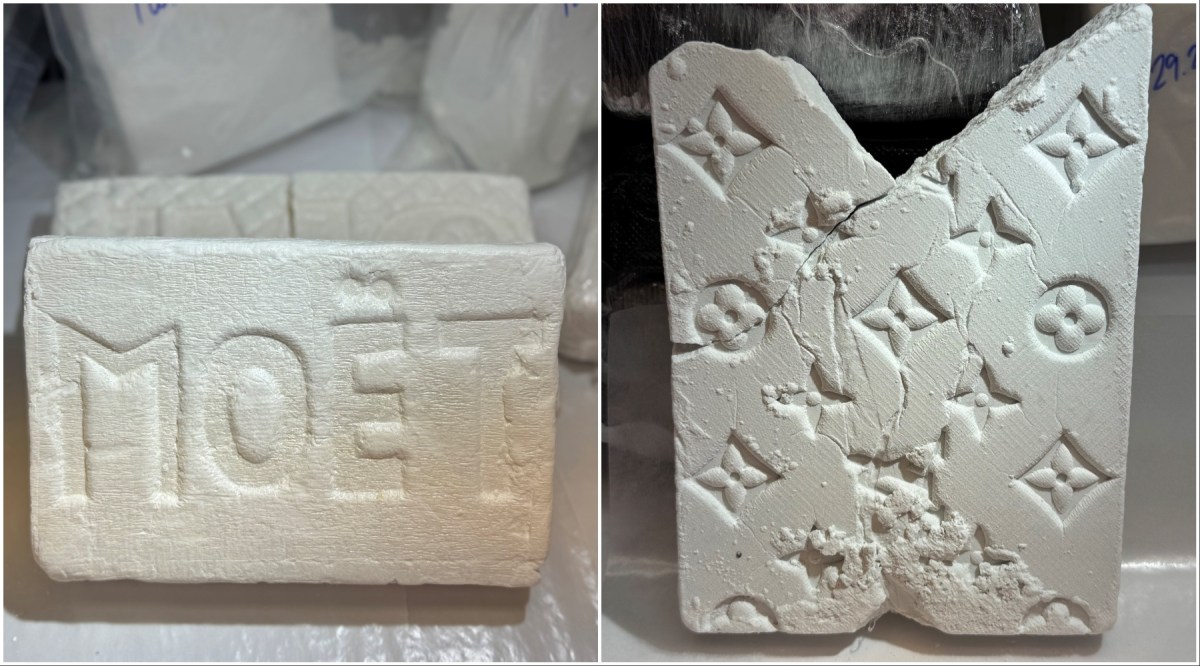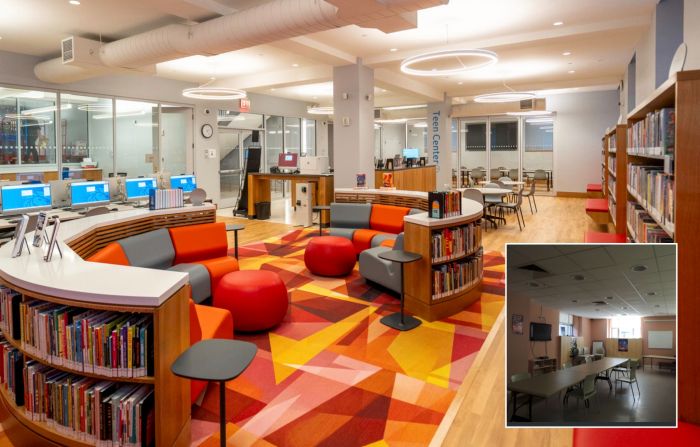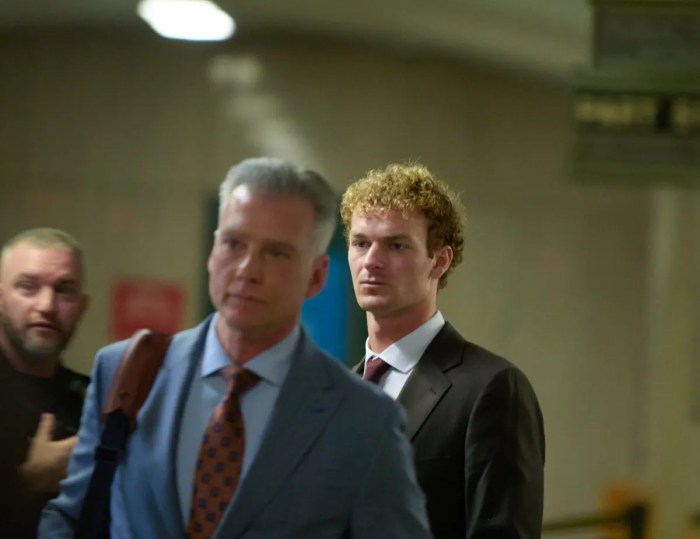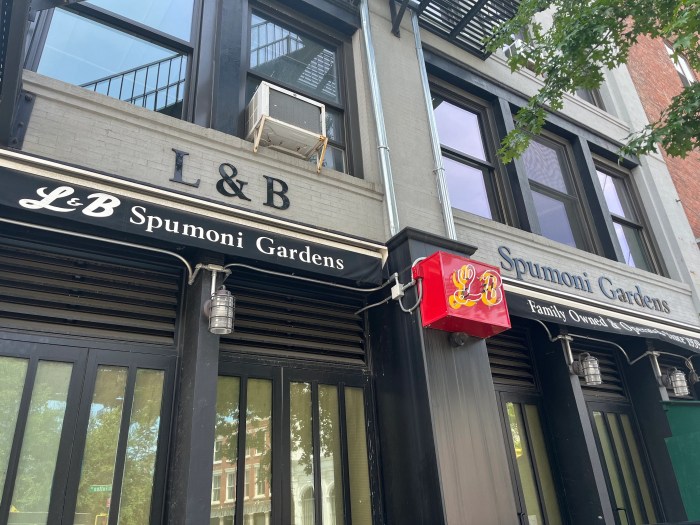By Laura Latzko
“All human beings are born free and equal in dignity and rights. They are endowed with reason and conscience and should act towards one another in a spirit of brotherhood.”
These words, taken from the first article in the Declaration of Human Rights, were recorded along with the other parts of the document in 50 different languages for the World Voices Project (www.worldvoicesproject.org), an exhibit that will be presented on the third floor at the Pier 17 atrium in the South Street Seaport mall. This project celebrates the 60th anniversary of the Declaration of Human Rights, an international document created by the United Nations that declares the human rights to which all people are entitled.
At the exhibit, this document will be presented in many of the languages that it has been translated to, including Mongolian, Tigrinya, the dialect of the North East African country Eritrea, Cantonese, Persian, German, Hebrew and Croatian.
The exhibition’s opening will be on Sun., July 20 from 6 p.m. to 9 p.m. The project will present voices reading the declaration through earphones hanging from the ceiling and will give information about the various languages presented. People can listen to these readings while looking down at one of the displays of “New York City Waterfalls,” the art installation on the East River.
The World Voices exhibit will be open from noon to 7 p.m. on weekdays and noon to 9 p.m. on weekends until Aug. 3.
Brenda Ray, the creator of the project, wanted to bring different people and voices together using a meaningful document. She said she chose the Declaration of Human Rights, which was adopted by the United Nations on Dec. 10, 1948 and worked on by first lady Eleanor Roosevelt, because it has been translated into more than 335 languages, acts as an international human rights document, and contains within it the privileges for which people around the world strive.
“We have language barriers, but it is all an illusion. We have a common humanity,” Ray said. “If you’re a human being, these rights apply to you.”
Ray said that most of the voices in the exhibit were from New Yorkers. She used voices from family and friends, including those of her American mother, Croatian boyfriend, and Polish friend. Ganbat, a Mongolian banker she met through friends, helped her get in touch with co-workers who speak French, German, Italian and Cantonese.
“This is about New York. Almost all of these voices came from New York,” Ray said. “That gives testimony to its diverse population.”
Ganbat, who grew up in communist Mongolia, had never read the Declaration of Human Rights in his language, but he was affected by its message. The parts of this document that really struck him were those like the first article that mentioned how everyone deserves equal treatment. He said that he sees inequality between different groups of people, especially men and women, as a worldwide problem.
“When I was growing up, those sort of things were never mentioned, but I knew they existed,” Ganbat said. “It was good to find out they were actually written in the declaration.”
Ray said that these readings should serve as a reminder that this document is not always followed by governments around the world, including ours. She cites the genocide in Darfur and inequality in pay between men and women in various countries as examples of violations of the declaration.
“Many of the human family wants peace and justice,” Ray said. “It is governmental and financial interests that get in the way of human rights being realized.”
There were some words in the document that didn’t translate in certain languages, including Apache. Ray said that there are no words for liberty and rights in Apache.
Ray said that the biggest issue with this project has been fundraising, but groups such as the general consulates of Sweden, Norway and the Republic of Croatia have contributed. Overall, the exhibit cost about $10,000.
After the display at the Seaport has closed, Ray hopes to bring it to other venues across the world, including schools, museums, colleges and universities. The director of the U.N. Regional Information Centre in Brussels is working on bringing the project to the European Parliament conference in October.

































